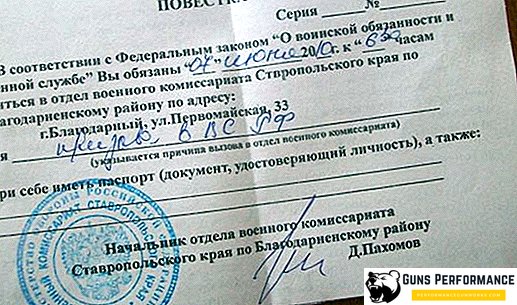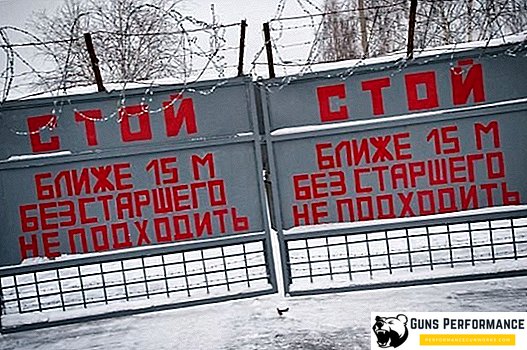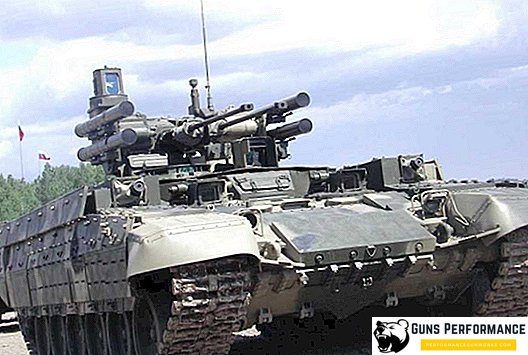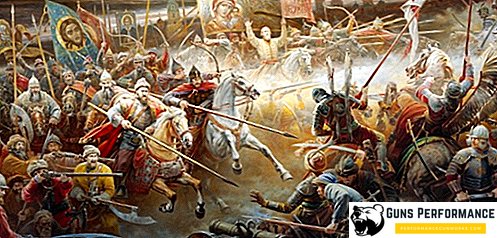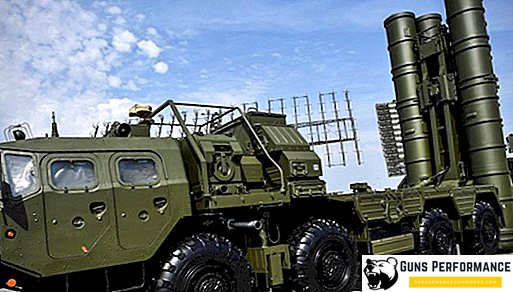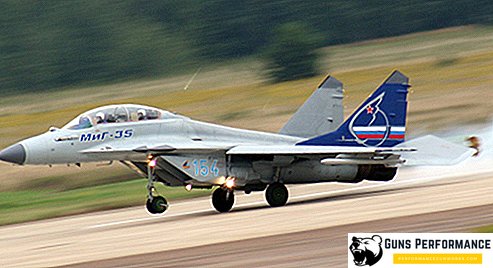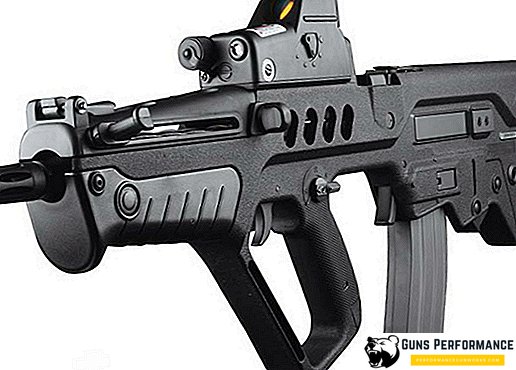The United States, Russia and China continue the space arms race, but countries do not show interest in creating a treaty regulating the behavior of powers with space capabilities.
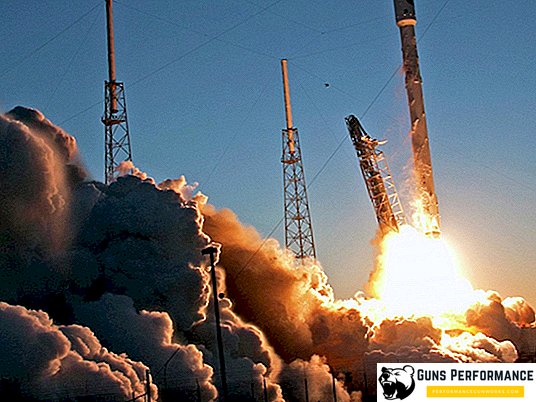
The Cold War space race between the USA and the Soviet Union was launched in 1957, when in October of this year the Soviets launched the first artificial satellite of the Earth. In our century, there are three competitors for “seizing height” in space: China has joined. Now the countries are focused on fine-tuning the combat functionality and capabilities of anti-satellite weapons.
At the end of the distant fifties of the twentieth century, the United States and the USSR peacefully competed in the development of space programs. Despite the fact that there was no open conflict, the countries initiated intensified bilateral espionage. There was frank rivalry between the powers, which was widely publicized among the citizens of the states and among the leaders of other countries.
The situation was changed by an atmospheric nuclear test conducted by the United States in 1962 in the Pacific Ocean, which knocked out a number of artificial earth satellites. John Kennedy, the president of the United States at that time, teamed up with the Soviet Union to create a resolution of the UN Declaration (resolution 1962 XVIII). It was the first document regulating the activities of states in the exploration and use of outer space. Soon, in connection with the Caribbean crisis, a new rule was introduced: an agreement to ban tests in the atmosphere. And in 1967, Brezhnev and Johnson signed an agreement on space.
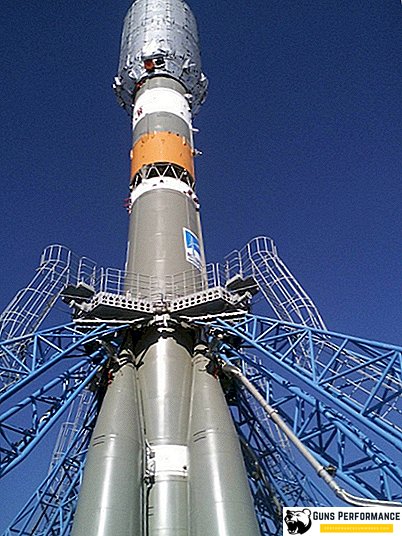
The space arms race began with a new force in the 1970s, when the USSR and the USA actively conducted tests of anti-satellite weapons. At the end of the 70s, countries began negotiations on the limitation of strategic armaments within the framework of anti-satellite weapons programs, but then the superpowers could not even agree on the definition of "space weapons". And in 1983, under Ronald Reagan, the United States launched the Strategic Defense Initiative. But in 1987, the Soviet-American meeting was held, at which the leaders of the countries Gorbachev and Reagan made an agreement on the elimination of medium and shorter-range missiles. The race finally died out with the collapse of the USSR.
The round of 21st century space rivalry began in 2001. The United States withdrew from the ABM Treaty, which, in the opinion of their administration, is outdated, as the technologies described in the treaty have become widely available. In the early 10s of the XII century, the leading space powers: the United States, Russia and China - strengthened state support for space activities. The aforementioned China in 2007 conducted tests of anti-satellite weapons on the territory of his country. The demonstrated ASAT system makes it possible to hit targets that are located on the orbit of our planet from the ground.
Over the past 10 years, space achievements have gone further: the United States and Russia are now using a mini version of the space shuttle, which is remotely controlled and does not provide for a pilot. Such a drone, converging with artificial satellites at low speeds, can change their orbit.

Due to the intermittent development of the industry, despite the peaceful and extremely close relations in the financial sector between China, Russia and the United States, the space race may lead to conflict between countries. Despite the existing UN Declaration governing behavior in space, and the support by Russia and China of a treaty on the prevention of militarization of space, there are still a lot of differences, starting with the concept of "space weapons."
Most of the space technology needed by the modern state and used now in peaceful directions can also be used for military purposes.
Therefore, it is important to agree not about the absence of certain technologies from different countries, but to form a pool of rules of conduct in space.
Today, international documents limit the placement of weapons in space, but do not affect the development of ground-based programs such as ASAT. Analyst Henry Stimson initiated a space policy regulation document, and later the European Union developed its own version of the regulation, which could become the basis for amendments to the UN Declaration. However, many developing countries, as well as Russia and China, oppose a number of the proposals described. Powers are in favor of limiting the effect of the code of conduct in space in the civil and commercial spheres. But military space programs are the main underlying reason for the creation of such codes. And all new players are entering the arena of the space race. New technologies are becoming available to more and more countries, and some of them are not committed to the peaceful use of their space potential.
A new UN resolution can regulate the behavior of states in space, which will take into account all the features of the new time, the pace of technology development and the political aspect. And superpowers should show more confidence and more responsibility for behavior in outer space.



